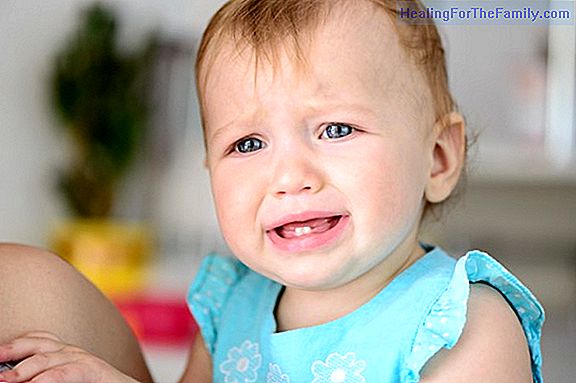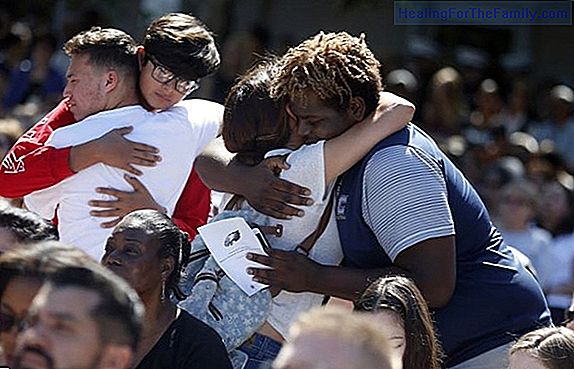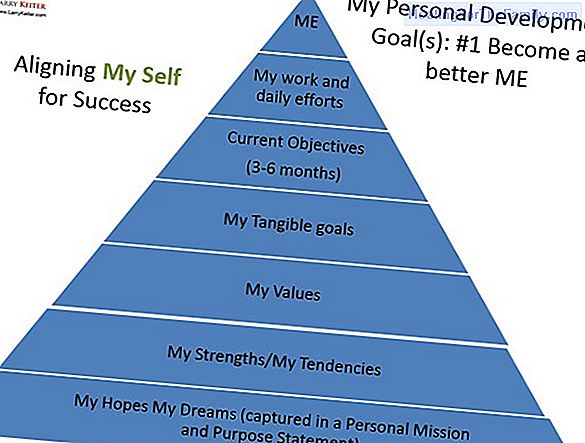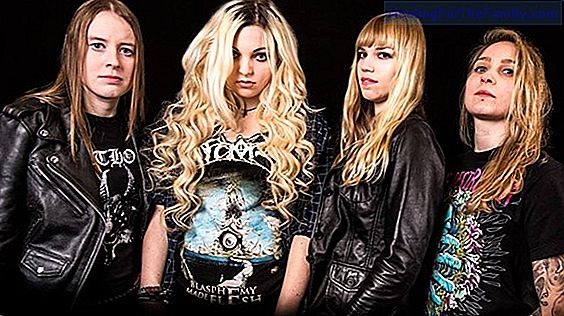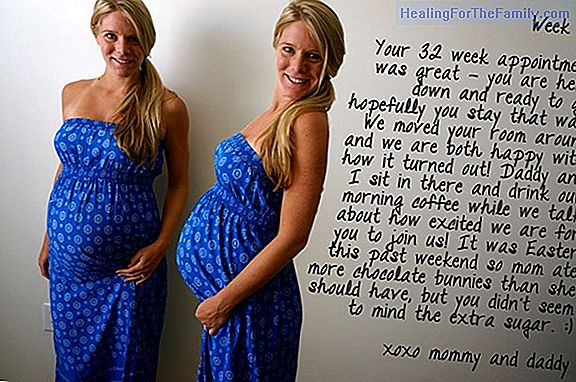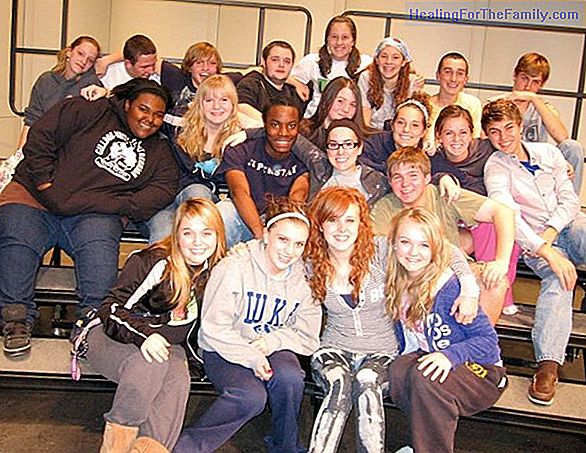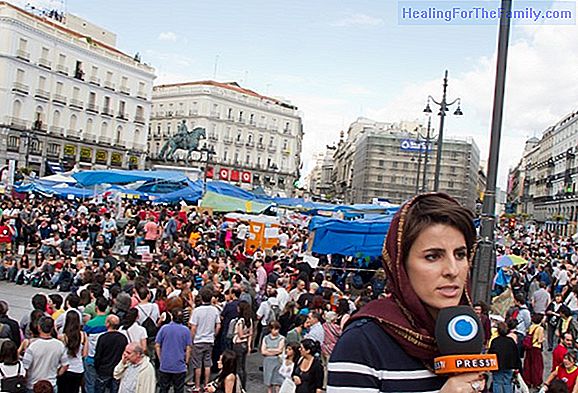Fear in 1-year-old children
Experiencing emotions such as joy, sadness and disgust is common in both children and adults. All of them are joined by feeling afraid. Fear in any of its modalities in the infant stage is something universal being present in all cultures. It has an adaptive value that makes us alert so we can prote
Experiencing emotions such as joy, sadness and disgust is common in both children and adults. All of them are joined by feeling afraid. Fear in any of its modalities in the infant stage is something universal being present in all cultures. It has an adaptive value that makes us alert so we can protect ourselves against possible risks. Therefore, being afraid is something positive and normal.
Fears are evolutionary and are considered normal at a certain age. And is that the different stages of development associated with the predominance of some fears or others. That is to say, as the child grows, his psychological (cognitive abilities) and biological system matures; this causes the focus to change towards what it fears.
Childhood fears during the first year

There are fears of each evolutionary stage. As the child develops, fears will appear and disappear, others persist and others return to a different nature. It is from six months of life when the baby begins to manifest some of these fears:
1- To loud noises. The sense of hearing is very important for the baby. Being in a state of constant attention, unexpected or strong noises make you startle and create fears. 2.- To strangers.
From six months and until they are about two years old, babies go through this stage. This fear is a natural state that favors the evolution and adaptation of the child to its environment, and that we must accept. That is, we must not force the child to accept those he rejects. This fear arises from the stage known as anguish of separation,
where the baby has no notion of time or space, and when leaving his figure of attachment of the visual field feels fear of abandonment. It is a stage in which the child prefers to be only with the people of his maximum confidence. It can be given more in some children than in others. It's a matter of the child's personality. When a stranger approaches the child feels unprotected and becomes restless, especially when the behavior of the stranger is intrusive.
3- When separated from their parents.
This behavior is of adaptive value since this type of anxiety produces in the child strategies to ensure that their parents are close and to have protection against possible external dangers. It is a fear similar to the fear of strangers. From infants, children recognize their parents and their attachment figure by smell, by tone of voice and already at four months are able to recognize faces. He knows that they are the ones who take care of him and attend to his needs.
When he gets separated from them, he gets anguish and cries because he feels helpless
. It is a habitual process in the development of the child.When worrying about the baby's fears
When the child's fear is disproportionate to what causes it, it may be a sign that it exceeds normality or lasts in time during stages in which it should have disappeared is when it would be necessary to external help

